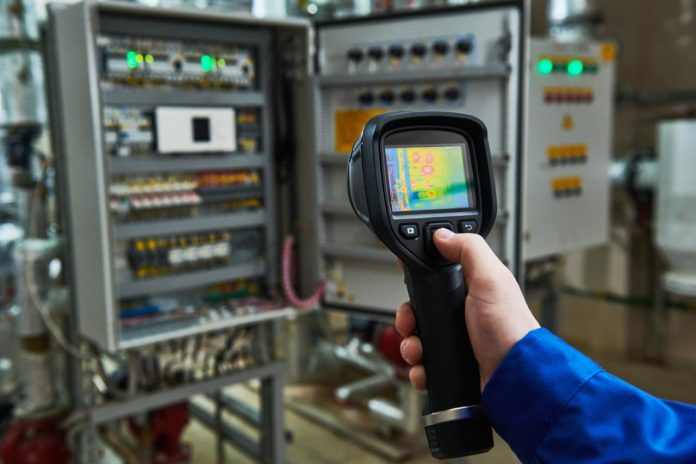The industrial landscape is undergoing a profound transformation, driven by the rise of Industry 4.0 technologies like Industrial Touch Screen Monitors, Thermal Imaging Cameras, Borescopes & Inspection Cameras, Panel PCs, and HMI Touch Screens & Displays. These technologies are enabling the development of smart factories, which are interconnected, data-driven facilities that optimise efficiency, flexibility, and productivity.
What are Smart Factories?
Smart factories leverage the power of industrial automation to create a dynamic and responsive manufacturing environment. Key characteristics of smart factories include:
- Interconnectivity: All machines, devices, and systems are connected through a network, sharing data in real-time.
- Data-driven decision making: Big data analytics are used to extract insights from operational data, informing production decisions and optimising processes.
- Automated workflows: Robots and other automated equipment handle repetitive tasks, freeing up human workers for more value-added activities.
- Flexibility and adaptability: Smart factories can quickly respond to changing market demands and product specifications.
- Increased efficiency: Optimised processes and automation lead to reduced waste, downtime, and production costs.
How Industrial Automation Technologies are Enabling Smart Factories:
Industrial automation technologies play a crucial role in building and operating smart factories. Here’s how each technology contributes:
Industrial Touch Screen Monitors:
- Provide operators with real-time data and visualisations of production processes.
- Enable human-machine interaction for monitoring and controlling operations.
- Facilitate data-driven decision-making through dashboards and reports.
Thermal Imaging Cameras:
- Detects and monitors temperature variations in equipment, preventing potential failures.
- Optimise energy consumption by identifying inefficient processes and equipment.
- Enhance safety by detecting overheating hazards before they occur.
Borescopes & Inspection Cameras:
- Visually inspect equipment from inside, eliminating disassembly and downtime.
- Facilitate preventive maintenance by identifying potential issues early.
- Improve quality control by inspecting product components in real-time.
Panel PCs:
- Collect, analyse, and visualise data from various sources, providing comprehensive insights.
- Run advanced software applications for predictive maintenance and process optimization.
- Facilitate collaboration and information sharing among different departments.
HMI Touch Screens & Displays:
- Provide operators with an intuitive interface for controlling production processes.
- Offer real-time insights into machine performance and production data.
- Enable human-machine collaboration for efficient and flexible manufacturing.
The Benefits of Smart Factories:
The implementation of smart factories offers numerous benefits for manufacturers, including:
- Increased productivity and output: Enhanced automation and optimised processes lead to higher production rates and reduced waste.
- Improved quality control: Real-time monitoring and data analysis ensure consistent product quality and minimise defects.
- Reduced costs: Automation reduces labour costs, and optimised processes minimise energy consumption and resource usage.
- Enhanced flexibility and agility: Smart factories can quickly adapt to changing market demands and production needs.
- Improved safety: Automated equipment and real-time monitoring reduce risks and create a safer work environment.
The Future of Smart Factories:
The smart factory concept is rapidly gaining traction as manufacturers strive to stay competitive in a dynamic global market. As technology continues to evolve, we can expect to see further advancements in industrial automation, leading to even more sophisticated and interconnected smart factories.

